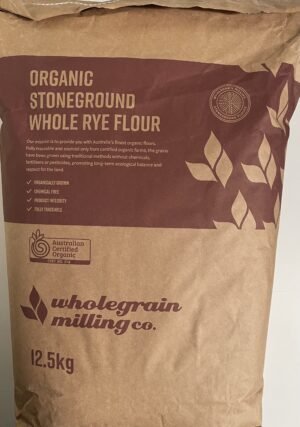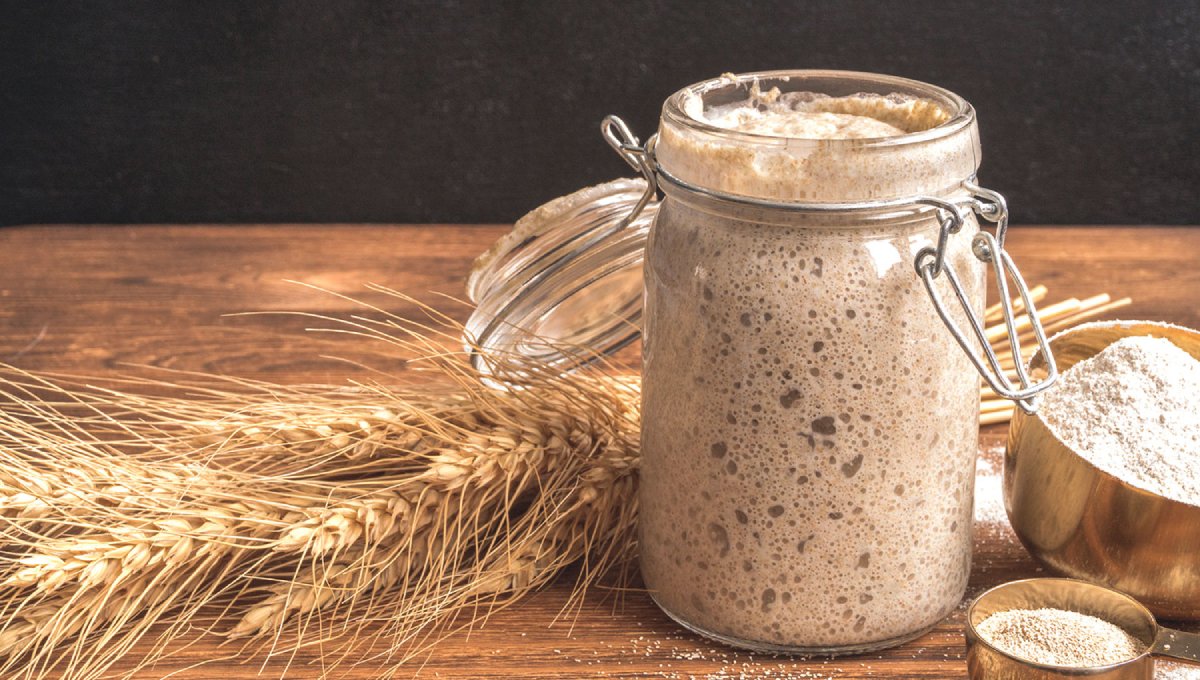Diving deep into the world of sourdough, understanding the Sourdough Timeline is essential.
This timeline not only provides insights into how the dough evolves but also reveals the intricate dance of yeast and bacteria that results in the unique sourdough flavor and texture we all love.
Don’t miss out on: Proofing Baskets or Bannetton: The Secret to Perfect Sourdough Bread.
Table of Content
Key Stages in the Sourdough Fermentation Cycle
The fermentation of sourdough is a harmonious blend of science and art. Knowing the stages can empower both novice and expert bakers to tweak and perfect their recipes, understanding the rhythm and pace of their dough’s life.
- Initial Mixing: Combining the starter, flour, and water initiates the fermentation. At this stage, the wild yeasts and bacteria from the starter begin to feed on the sugars present in the dough.
- Bulk Fermentation: This is where the magic truly begins. The dough will slowly rise as the yeast produces carbon dioxide. Depending on the ambient temperature, this can take anywhere from 4 to 12 hours.
- Folding and Shaping: After the bulk fermentation, the dough is gently folded to strengthen the gluten and then shaped into its final form.
- Final Proofing: The dough undergoes one last rise, which can last from 30 minutes to several hours, depending on your desired sourness and the dough’s temperature.
- Baking: A well-fermented sourdough loaf will exhibit a delightful oven spring, where the bread expands rapidly in the oven’s initial high heat.
While the Sourdough Timeline gives us a structured understanding of the fermentation process, it’s essential to remember that sourdough is a living entity. Factors like ambient temperature, humidity, and even the flour type can influence the timeline.
Adapting the Timeline to Suit Your Needs
Adjusting for Ambient Temperature: Warmer environments speed up fermentation. In contrast, cooler temperatures slow it down. By understanding this, you can manipulate the Sourdough Timeline to fit your schedule and desired flavor profile.
Incorporating Different Flours
Different flours bring distinct flavors and fermentation rates. Rye, for instance, ferments faster than all-purpose flour. By mixing and matching, you can add complexity to your sourdough’s taste and texture.
Playing with Hydration Levels
The water content in your dough, often referred to as hydration, can impact the fermentation speed. Higher hydration doughs tend to ferment more quickly but can be trickier to handle. Exploring the intricacies of the Sourdough Timeline offers endless possibilities. By understanding the process deeply, bakers can achieve a perfect balance between taste, texture, and appearance in their sourdough creations. Embracing the journey of fermentation allows for both science and creativity to shine in every loaf.






